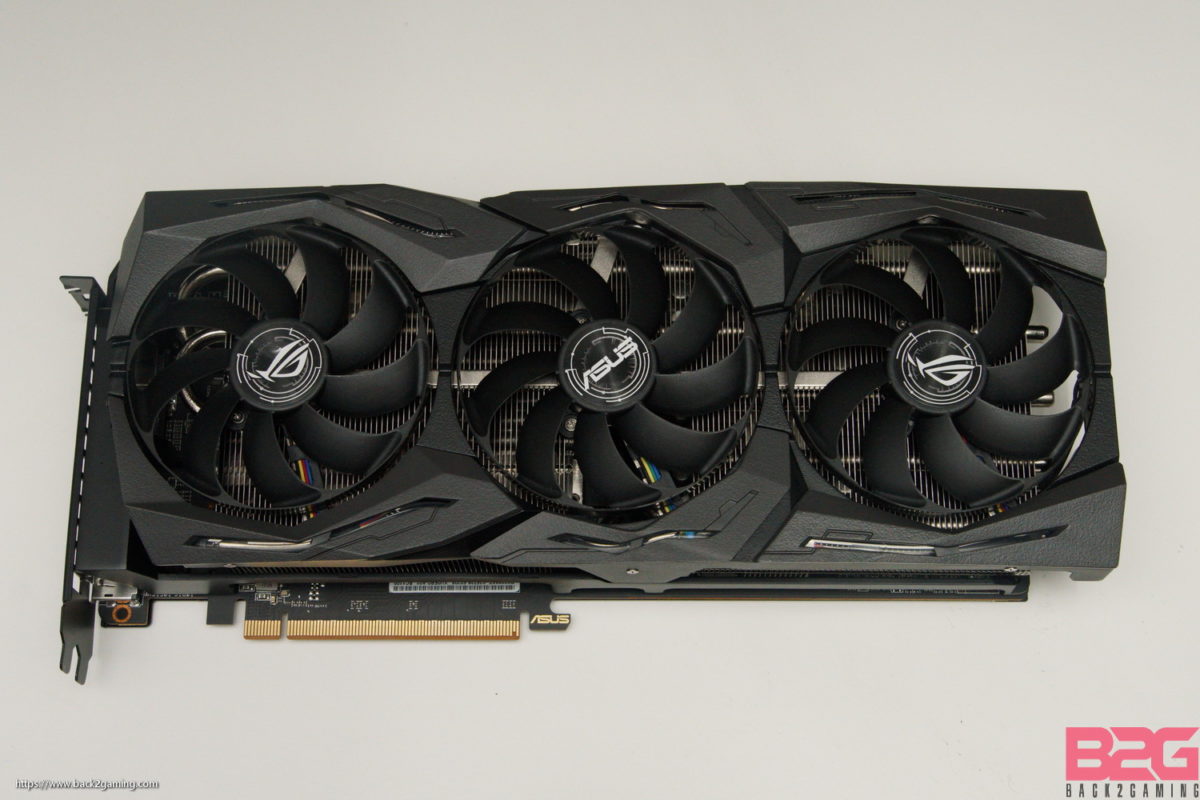Continuing their RDNA string of graphics card releases, AMD is filling the mainstream segment by releasing Radeon RX 5600 XT. AMD is keen on targeting the 1080p market, citing the monitor sales since 2016 being topped by 1080p screens and they are also addressing the 3-year old or older card owners that want to step into the upper-end of 1080p gaming, particularly esports and competitive FPS gamers. Obviously this is a very heated market and one that’s easily a playground for both older Vega cards as well as older Radeon RX590 but also aging GTX 10-series cards. Simply put, AMD already has a Radeon RX 5500XT which makes this a very congested market and AMD’s marketing the RX 5600 XT as the ultimate 1080p gaming card.
With today’s release, there’s not much in the way of software improvement and we’re still working on a dedicated article for the Adrenaline 2020 update which brings in a lot of new features that marries into this launch. That said, performance-wise, this should be an interested showdown as we’ll pit the AMD Radeon RX 5600 XT against the GTX 1660 Ti, the GTX 1660 SUPER and RTX 2060.
As this is purely a partner launch with no reference card launching, we’ll be reviewing a card from ASUS, the ASUS ROG STRIX RX 5600 XT. This card features the beefy ROG STRIX cooler of this generation featuring axial fans and overall better build than previous generations of this cooler.

About the RX 5600 XT
AMD Radeon RX 5600 XT is based off the 7nm RDNA chip like the RX 5700XT and RX 5700. The be more precise, the RX 5600 XT is a further cutdown of the chip used in the RX 5700. The RX 5600 XT sees 36 compute units with 2304 stream processors baked into the chip. This is the first AMD card to feature 6GB video memory and it uses GDDR6 memory. AMD has a reference board power rating of 150w.
Now the slide above shows 1375Mhz and 1560Mhz boost clock but as revealed in earlier news, AMD has reacted to NVIDIA’s price cut of the RTX 2060, bringing it down to $299. With the Radeon RX 5600 XT originally positioned to take on the GTX 1660 Ti, the last minute update sees it creep up closer to the RTX 2060. The last minute spec changes sees the RX 5600 XT receive speed bumps across the board as well as a slight increase in Total Board Power rating, going from 150W to 160W. Clock speeds increases sees clocks going from a 1375Mhz base/1560Mhz boost to 1670Mhz base and 1750Mhz boost. That’s a significant upgrade.
This has also caused many confusion pre-launch which we’ll discuss later in our conclusion.


This is a purely partner launch so AMD is highlighting that there is no reference card but AMD is hinging on the 160W board power and $279 SRP for partners to abide by. AMD is positioning this card as 1080p champion for their product line so it goes up against the GTX 1660 Ti, GTX 1660 SUPER and the RTX 2060 SUPER directly.
About the ROG STRIX RX 5600 XT

The ROG STRIX RX 5600 XT is a triple-fan, 2.7x slot height model. Our model is the ROG STRIX RX 5600 XT OC model featuring a supposed 1560Mhz base clock and 1620Mhz boost clock on top of the 1375/1560Mhz pre-launch spec but due to the last minute update, ASUS is using AMD’s nominated specs with no OC meaning this model is the same as the standard clocks. That also means it also looses its distinction as an OC card out of box and ASUS may be preparing a heftier OC’d version on top of this. With that said, we’ll refer to this card as the ROG STRIX RX 5600 XT model throughout this review.

As mentioned, the ASUS ROG STRIX RX 5600 XT features a 2.7x thick slot cooler. Much like most ROG STRIX before it in the last 2 years, it features the same triple fan design. The biggest difference is that this cooler was used on the RX 5700XT and RX 5700, suggesting their similarities but if you don’t get the significance yet, this nearly 3-slot height cooler is the same cooler on the ROG STRIX RTX 2080 Ti. This is by far the most overly cooled card that is not under a loop I’ve reviewed so far.

Like similar coolers using the 2.7x ROG STRIX current-gen cooler, this card features axial fans, an improved metal structure for the heatsink, fan connectors on the card’s butt and an RGB header. We have a sturdy backplate is preinstalled. The card requires a 6-pin and 8-pin connector for power.






